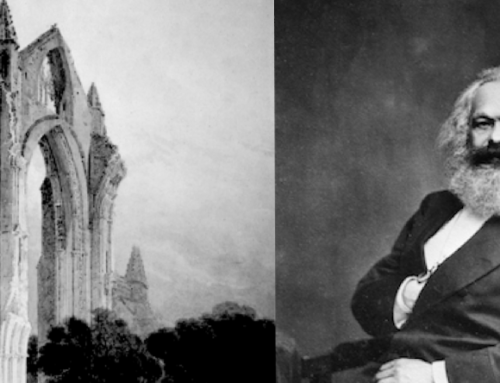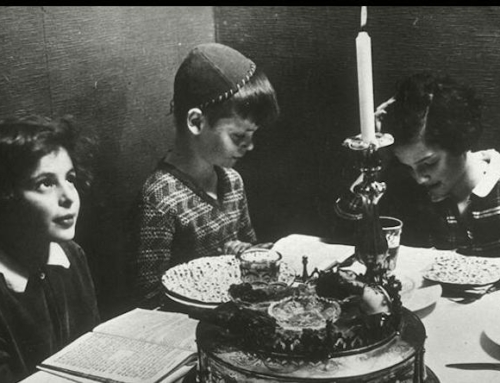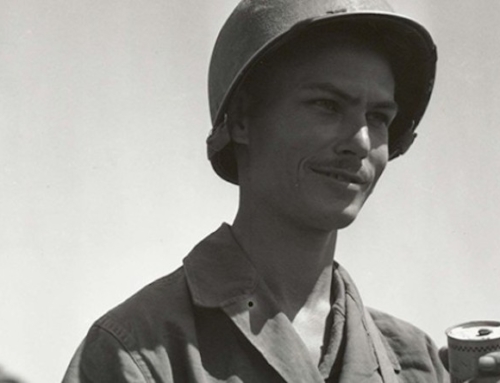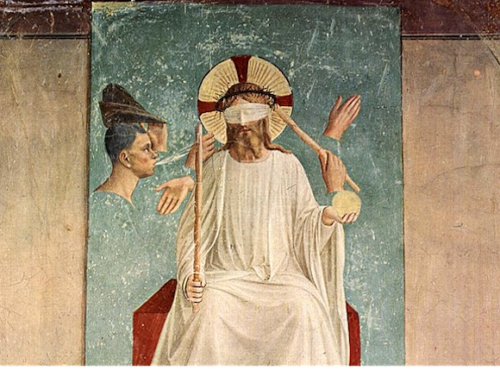Recall the climactic scene of Star Wars: The Empire Strikes Back. Darth Vader has nearly defeated Luke Skywalker, and now is trying to coerce the young Jedi-in-training to give himself over to the “dark side of the force.” Luke, our stalwart hero, resists bravely: “I’ll never join you!” But then Vader pulls his trump card: “Obi-Wan never told you what happened to your father, Luke.” Luke responds: “He told me enough. He told me you killed him.” The music swells as Vader’s voice deepens dramatically: “No. I am your father, Luke!” (Cue the opening bars to The Imperial March).
The audience is shocked! But did they really not see it coming? In a way, George Lucas, the creator of the story, had been preparing them for this big reveal all along.
Think of how the mysterious identity of Luke’s parents is played up in the previous movie (A New Hope); think of how Obi-Wan puts in the back of our minds a link between Luke’s father and Vader by telling Luke that Darth killed his dad; and remember the strange experience Luke has when he’s training to be a Jedi with Yoda: how he has an eerie vision of his own face in Darth Vader’s mask. All of this subtly prepares the audience for the climactic moment: “Luke, I am your father.”
These are prime examples of literary foreshadowing, where the author gradually prepares the reader for the climax of the story by subtly dropping hints about it along the way. The various scenes and events that point towards the peak of the story-arc help the reader to recognize better and appreciate the climax of the story when it comes. It’s a technique that every good author uses, from Shakespeare to Dickens to J. K. Rowling.
God is an author. He writes the story of history, the climax of which is the Incarnation of his only-begotten Son, Jesus Christ. History reaches its pinnacle when Jesus Christ, the God-man, enters our world to reveal to us the face of his heavenly Father.
Like any good author, God foreshadows this climactic scene. He writes into history events and characters who point towards Christ and his saving work. The Lord raises up Moses to liberate his people from slavery in Egypt, just as Christ would later free his own from the heavy chains of vice. God made Joshua to be a great warrior, giving him the strength to drive Israel’s enemies out of the Promised Land, just as Christ would later overcome vice and sin—the enemies that threaten the kingdom of God. God crowned David king over Israel to govern his people with justice and truth, just as Christ the King now sits enthroned over all nations to rule them with his strong arm. In these and similar ways, God wrote into history characters who foreshadow the coming Christ.
In the Christian tradition, these characters who foreshadow Jesus are called types of Christ. As types, they function as icons or images of the person of Jesus, since they prepare us to recognize and understand the revelation of the Son of God who became man.
Each of us needs to be prepared for the different ways in which Christ comes to us personally. Our Lord is always seeking to make himself known to us, to draw us into the climax of salvation history. The stories and characters from the Old Testament can help us to be ready for this personal revelation of Jesus Christ. For they prepare us to better understand the climactic scene and the big reveal: when Christ makes known to us the face of his heavenly Father.
✠
Photo by Victor Forgacs on Unsplash







